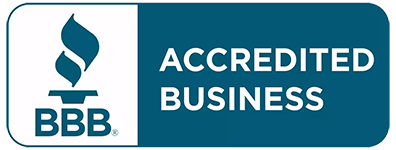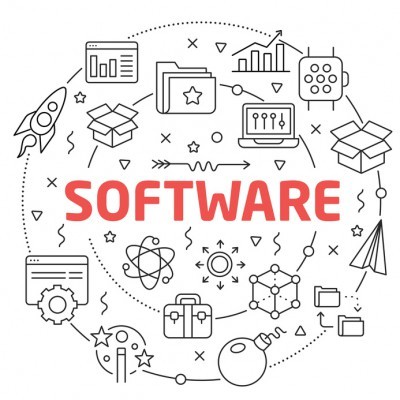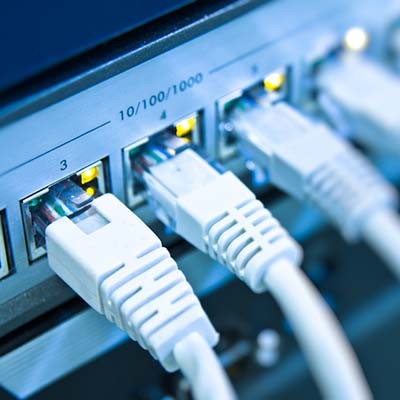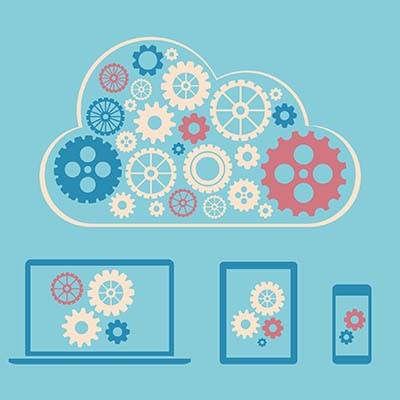Telesys Voice and Data Blog
Do you have cords, wires, and adapters just sitting in a cupboard or drawer, with no purpose other than taking up space? Of course you do. The average person will replace old or broken devices, and find the new devices aren’t compatible with the old cables, leaving them stuffed in a junk drawer or in a random box that they’ve kept “just in case.” Every home or business has the same scenario going on: lots of wires and cables left over from all the e-waste they have discarded over the years. If you want to get rid of your unwanted cables, here are a couple of tips on how to do so properly.
It’s been about a year and a half since the Meltdown and Spectre exploits became publicly known. While patches and updates were administered to reduce their threat, they continue to linger on in a less serious capacity. Of course, this doesn’t mean that the threat has entirely been neutered--you still want to know what these threats do and whether or not you’re safe from them.
As incredible a tool as the Internet truly is, for every website that is beneficial to the workplace, there is another that is certainly the opposite. Naturally, it is these sites that your employees would most likely want to visit if left to their own devices. Sometimes, the best course of action is to remove the temptation and block these websites. For this week’s tip, we’ll talk about a few ways to do so.
It’s imperative that your organization’s software is managed properly. If you can’t do this, then your operations can suffer in the long run. While this might sound like a lot of work, software management isn’t as difficult as it sounds if you break it down into compartmentalized tasks. Ultimately, you can group it into three major steps: leveraging available assets, testing strategies, and understanding the software.
The file cabinet. It may be a staple of the office, but boy can they be a pain in the neck. Every file needs to be printed and collated only to be filed in a dingy file cabinet with the off chance that it will ever be needed again. For businesses that have a lot of paper filed away, a document management system can go a long way toward modernizing your organization, and providing a access-controlled database where you can find any file in seconds.
If there is one thing that you can always count on from your business’ technology, it’s that it will inevitably fail at some point in the future. Therefore, your business should have a plan to keep this from happening at all costs. It’s understandable that you would want to make sure that your needs are properly evaluated both now and in the future. To this end, a technology assessment is incredibly helpful.
The Internet has become an irreplaceable part of many business’ operations, which brings the thought into question of how much you rely on it for your daily duties. Technology has changed the way that the Internet works for the better, but there is one part of its operations that still lies at the heart of it: bandwidth.
One of the primary goals of technology development has long been to make technology as small as possible, while simultaneously improving its performance. The result of these efforts is the field of nanotechnology, which is now applied in a variety of uses.
Browser cookies might not sound delicious, but they are a particularly important part of your browser’s technology. Do you actually know what they do, though? Today’s tech term will explain just what these cookies are, as well as the purpose they serve for your organization.
Ransomware doesn’t discriminate with its targets, as the city of Atlanta, Georgia now knows so painfully well. The city became the target of a ransomware attack that crippled many of its critical system workflows. The municipal government suffered from one of the most advanced and sustained attacks in recent memory.
At the end of the day, do you shut down your computer or do you put it into sleep mode? Depending on what you need from your device the next day, you might want to consider which option benefits you the most. Here are some of the pros and cons of both approaches so that you can pick which one best suits your situation.
The Internet is a valuable tool that can be accessed through a wired connection and wirelessly via Wi-Fi, but the devices that offer these connections can be somewhat complicated and difficult to understand. If you don’t know which device does what, you’re in for a treat--today’s tech term will examine the differences between the modem and the router.
The cloud has revolutionized the way that businesses approach computing. Companies can implement solutions in a flexible and accessible model that makes it much easier to take advantage of technology solutions. Yet, you should know that not all clouds are the same, and you can’t treat them as such. Here are four questions that you need to ask your cloud provider about the services that you’ve been rendered.
Smartphones are the predominant mode of communication, as well as now being the devices most used to access the Internet. With so much depending on the modern smartphone, it has become one of the largest, and most competitive, markets of any consumer item. As a result, manufacturers are building devices with software that is able to encrypt the phone against unauthorized access.
A computer is made up of many parts, one of which is today’s Tech Term: the motherboard. We’ll discuss what the motherboard does for your computer and why it’s such an important part for its continued operation.
Social media might make it easy to stay connected, but it comes with a lot of negative side-effects--particularly in regard to security for both personal and professional use. If social media isn’t used properly, it could spell trouble for your organization. How can you foster proper social media usage so that your organization doesn’t suffer from poor security practices? It all starts by spreading awareness.
When security and efficiency are some of the biggest benefits to updated information technology, it sounds that IT is something that a governing body should prioritize internally. However, many governments have trouble doing so, oftentimes to their own detriment. Why is that, and what can a business learn from this phenomenon?
Data management is exceptionally important for any business, and companies that use the cloud in any sort of capacity need to be considerably more cautious in the way that it’s managed than a business that only hosts data on an internal server or network. The cloud makes things more complicated at times, but if managed correctly, it can lead to unprecedented efficiency for your organization.
There is no understating the importance of strong, reliable passwords to your organization’s network security, especially to protect its wireless connection. However, this can create some friction with your staff when they try to connect to Wi-Fi using their mobile device. To make accessing the Internet easier, scannable QR codes can be used to connect to the Internet.
Mobile? Grab this Article!
Tag Cloud




















